Introduction
Welcome to the world of home gardening! Whether you’re a beginner or have some experience, cultivating a lush and thriving garden is an immensely rewarding experience. With a few simple tips and tricks, you can transform your space into a green oasis. In this blog post, we’ll explore ten easy-to-follow home gardening tips that will help you create a flourishing garden, be it indoors, on your balcony, or in your backyard.
Start with the Basics
Before you embark on your gardening journey, familiarize yourself with the basics. Learn about your climate, soil type, and the plants that thrive in your area. Understanding these factors will enable you to make informed decisions about what to grow and how to care for your plants.
Assess Your Space

Take a good look at the available space you have. If you have a sunny balcony, consider creating a container garden using pots or hanging baskets. If you have an indoor space with limited sunlight, opt for low-light plants like pothos or snake plants. Understanding your space will help you choose the right plants and optimize their growth.
Choose the Right Plants

For beginners, it’s best to start with easy-to-grow plants that are suitable for your specific gardening conditions. Herbs like basil and mint are perfect for beginners, while succulents are hardy and adaptable, making them great choices for indoor gardening. Research the plants that will thrive in your environment and match your gardening skills.
Provide Adequate Light

Light is crucial for plant growth. Ensure your plants receive the appropriate amount of sunlight based on their requirements. Outdoor plants typically need at least six hours of direct sunlight daily, while indoor plants may require artificial lighting, such as fluorescent or LED grow lights, to supplement natural light. Adjusting light exposure will keep your plants happy and healthy.
Water with Care
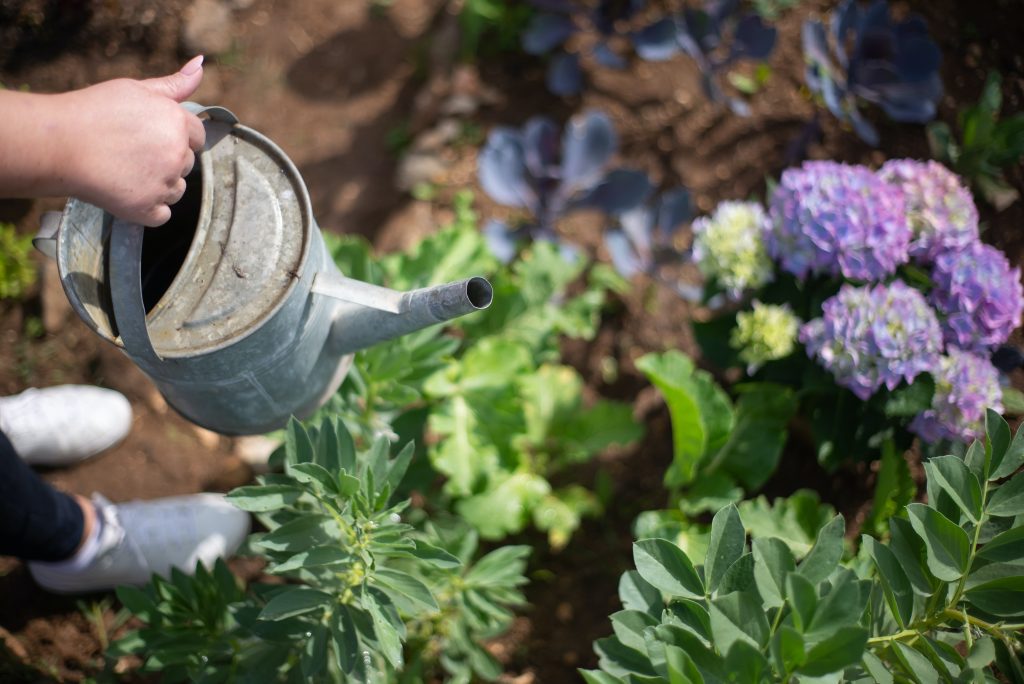
Watering is one of the fundamental aspects of gardening. Overwatering or underwatering can harm your plants. Research the specific watering needs of your plants and water them accordingly. To check if your plants need watering, stick your finger into the soil. If it feels dry, it’s time to water. Consider using a watering can or drip irrigation system for precise and controlled watering.
Implement Proper Drainage

Good drainage is essential to prevent waterlogged soil, which can lead to root rot and other plant diseases. Ensure that your pots, containers, or raised beds have drainage holes to allow excess water to escape. Add a layer of gravel or broken pottery pieces at the bottom of the container to improve drainage.
Fertilize Regularly
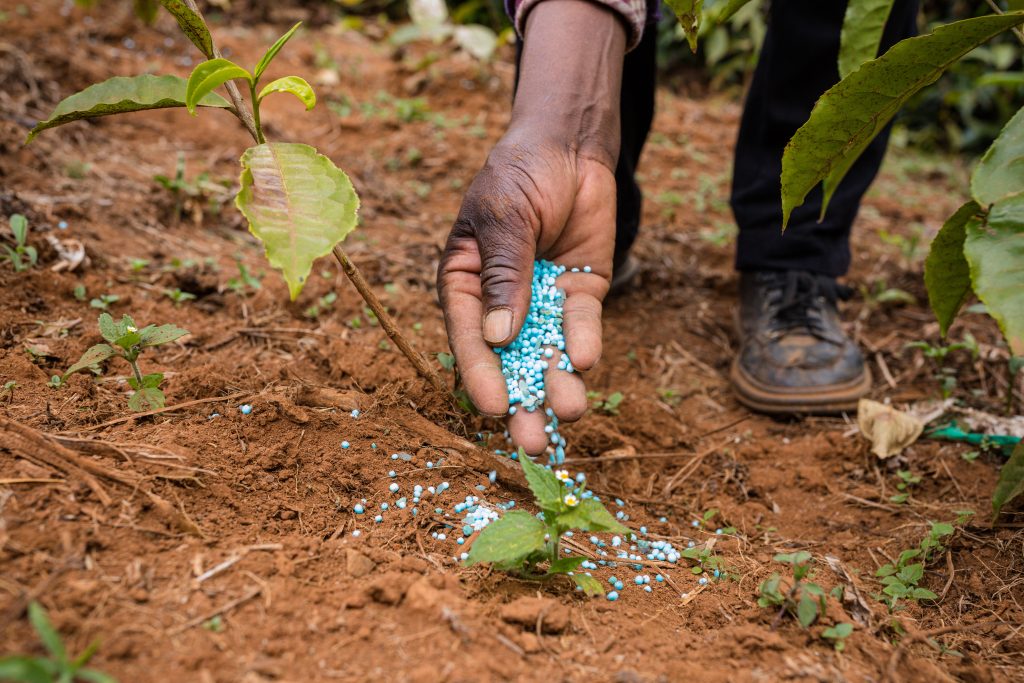
To maintain healthy growth and vibrant blooms, provide your plants with essential nutrients. Choose a suitable fertilizer based on your plants’ needs and apply it as directed. Organic options like compost or well-rotted manure are great choices for those who prefer natural gardening methods. Remember to fertilize during the active growing season and adjust the frequency based on the plant’s requirements.
Weed and Mulch
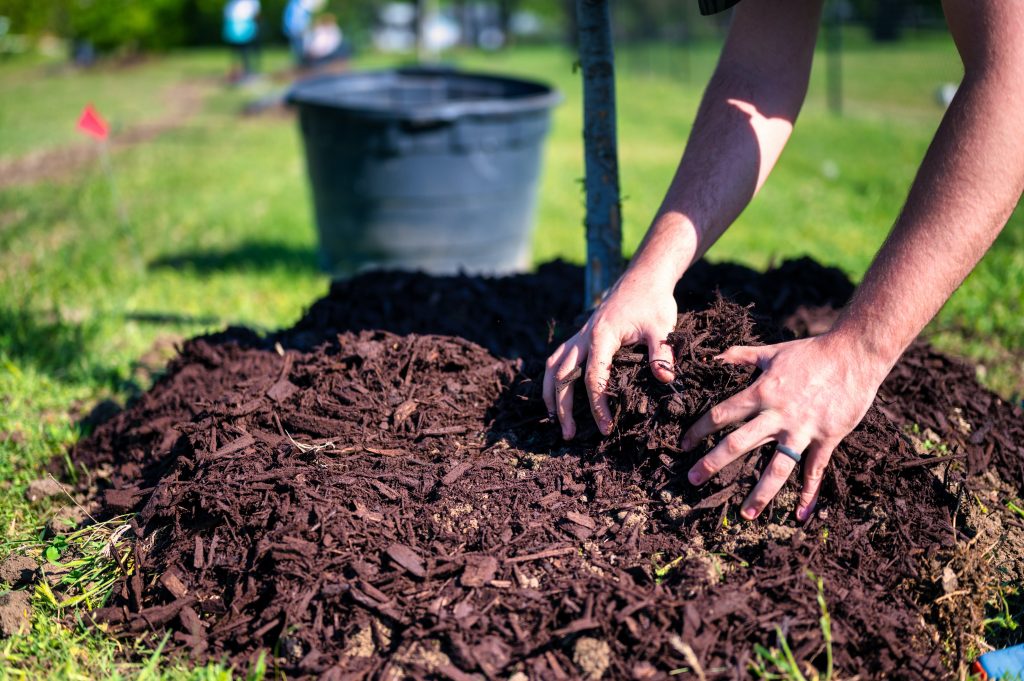
Keep your garden free from weeds that compete with your plants for nutrients and water. Regularly pull out any unwanted plants, ensuring you remove their roots to prevent regrowth. Mulching around your plants with organic materials like wood chips or straw can help suppress weeds, conserve moisture, and regulate soil temperature.
Prune and Trim
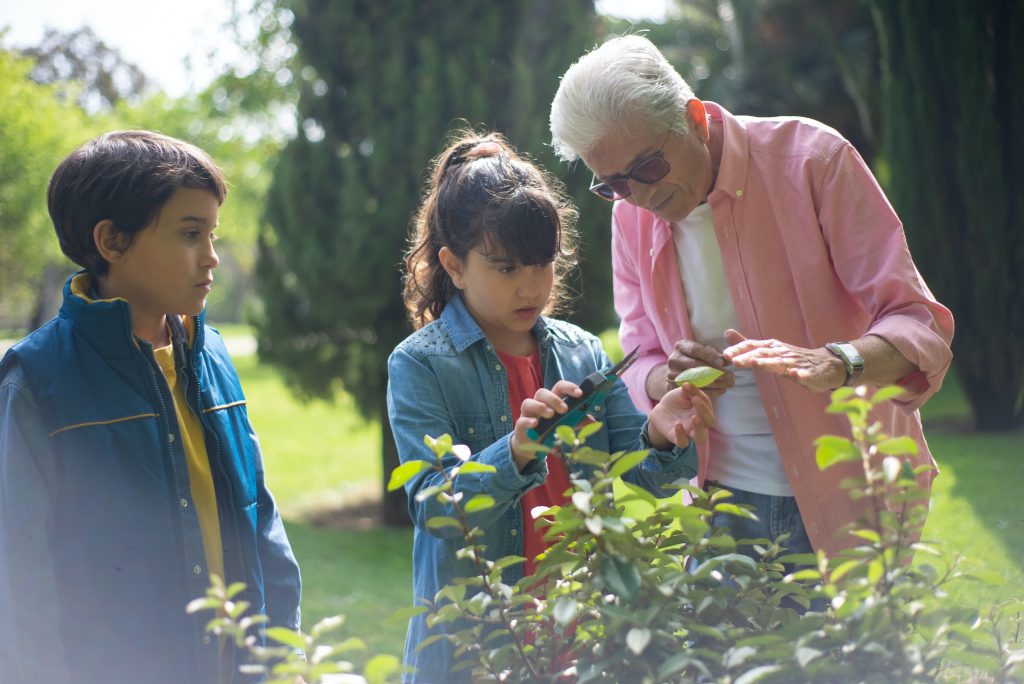
Maintain the health and shape of your plants by regularly pruning and trimming. Remove dead or diseased branches to prevent the spread of infections. Pruning also promotes airflow and encourages new growth. Research the specific pruning requirements of your plants to ensure you’re doing it correctly.
Observe and Learn
Gardening is a continuous learning process. Observe your plants closely, noting any changes in their growth, appearance, or behavior. This will help you identify and address any issues promptly. Join gardening communities, attend workshops, or consult local experts to expand your knowledge and learn from experienced gardeners.
Conclusion
Home gardening is a fulfilling and therapeutic activity that allows you to connect with nature and create a beautiful environment. By following these ten simple tips, you’ll be well on your way to growing a lush and thriving garden, whether you’re a beginner or an experienced gardener. Remember to adapt these tips to your specific gardening conditions, be it indoors, on a balcony, or in a backyard. Happy gardening!
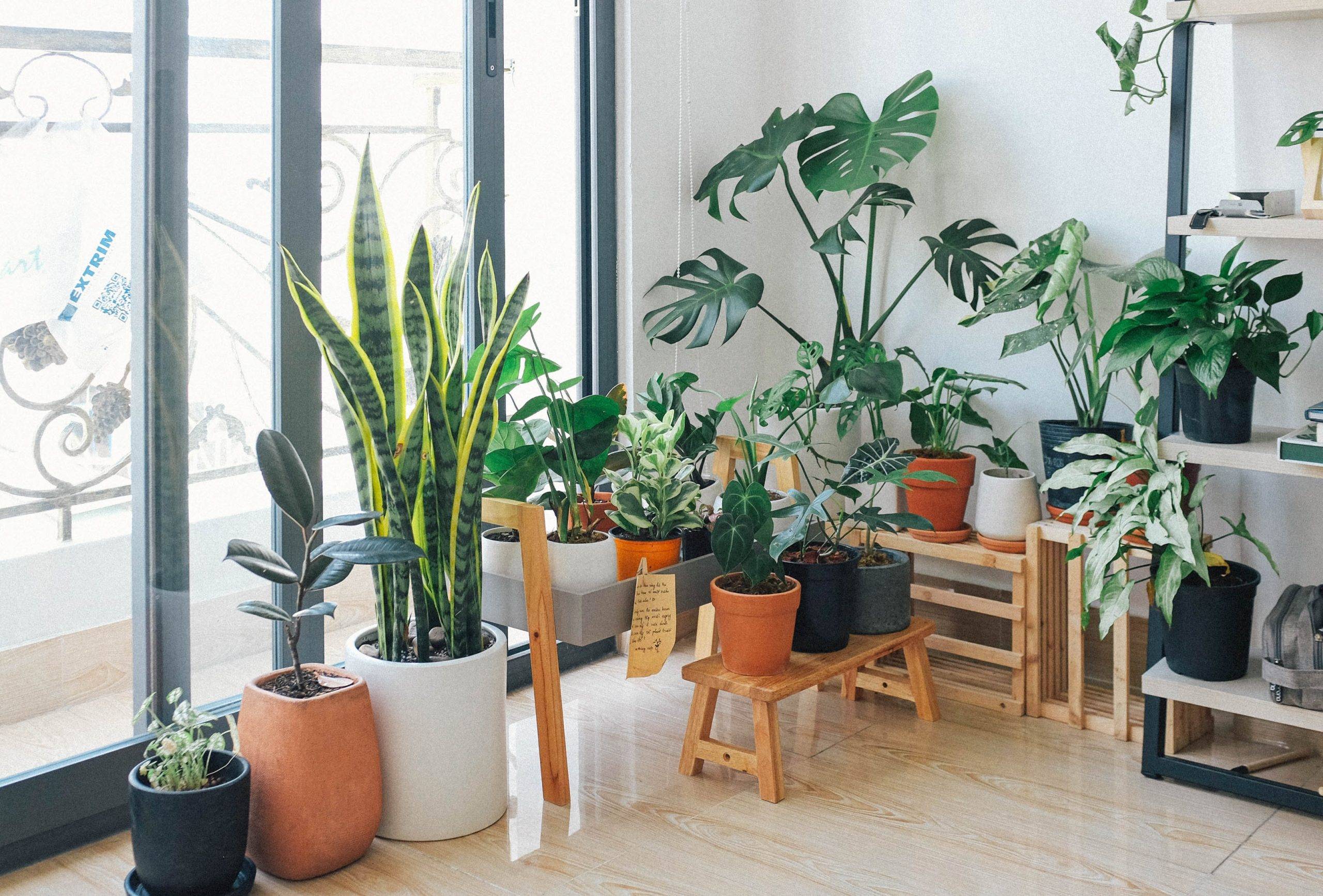
These gardening tips are fantastic! I’ve been trying to grow my own vegetables and the advice here is super helpful. Can’t wait to try out the companion planting technique!